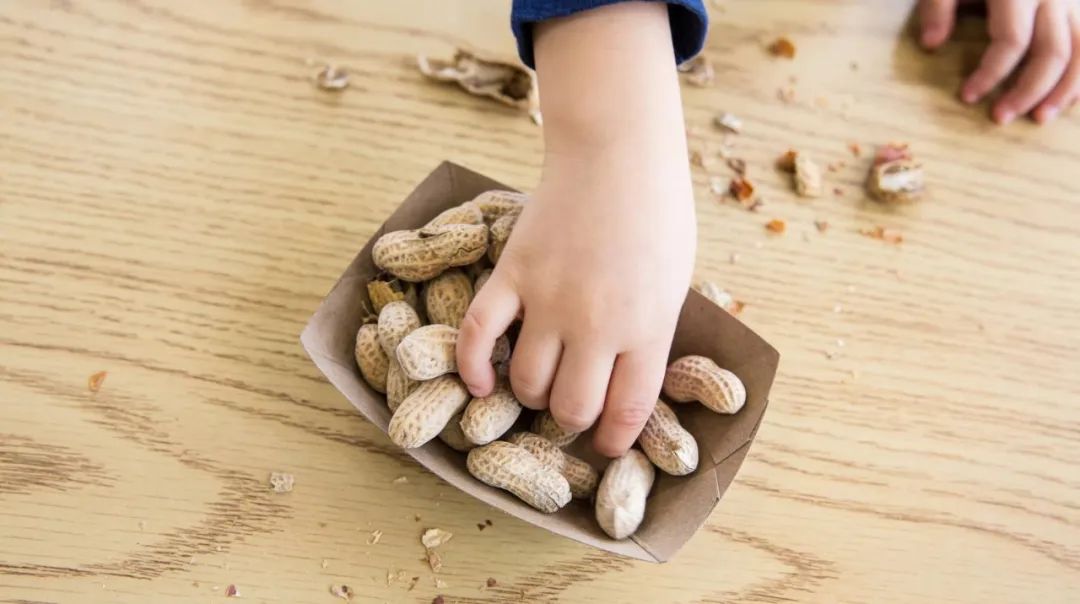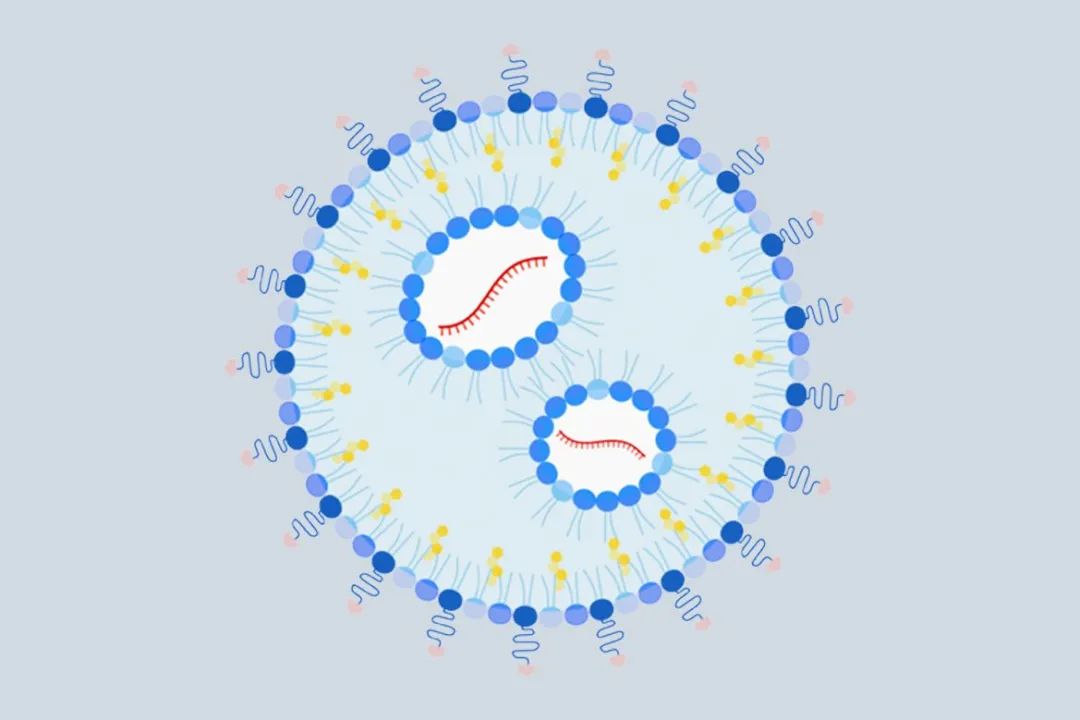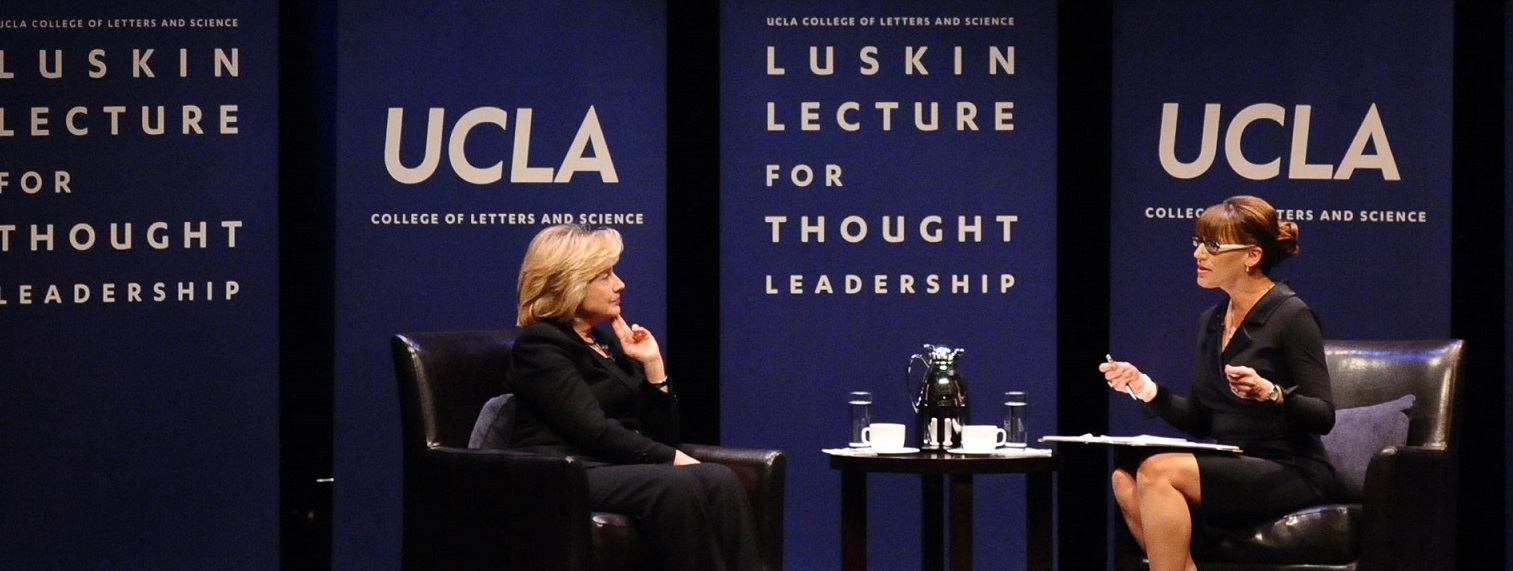Peanut allergies affect 1 in 50 children, and the most severe cases lead to a potentially deadly immune reaction called an aphylactic shock.
每50名儿童中就有1人对花生过敏,最严重的病情会导致潜在的致命免疫反应,称为过敏性休克。

Currently, there is only one approved treatment that reduces the severity of the allergic reaction, and it takes months to kick in. A group of UCLA immunologists is aiming to change that.
目前,只有一种被批准的治疗方法可以降低过敏反应的严重程度,需要几个月的时间才能开始作用。加州大学洛杉矶分校的一群免疫学家试图改变这一情况。
Taking inspiration from COVID-19 vaccines as well as their own research on the disease, they created a first-of-its-kind nanoparticle — so small it’s measured in billionths of a meter — that delivers mRNA to specific cells in the liver. Those cells, in turn, teach the body’s natural defenses to tolerate peanut proteins.
他们从COVID-19疫苗以及他们自己对这种疾病的研究中获得灵感,创造了第一种纳米颗粒——非常小,以十亿分之一米为单位——将mRNA(核糖核酸)传递到肝脏中的特定细胞。反过来,这些细胞教会身体的自然防御来耐受花生蛋白质。
In testing in mice, the nanoparticle not only reversed peanut allergies, but also prevented them from developing. The study was published in the journal ACS Nano.
在小鼠身上的测试中,这种纳米颗粒不仅逆转了花生过敏,还阻止了花生的发育。这项研究发表在ACS Nano杂志上。
“As far as we can find, mRNA has never been used for an allergic disease,” said Dr. André Nel, the paper’s co-corresponding author, a UCLA distinguished professor of medicine and director of research at the California NanoSystems Institute at UCLA. “We’ve shown that our platform can work to calm peanut allergies, and we believe it may be able to do the same for other allergens, in food and drugs, as well as autoimmune conditions.”
“据我们发现,mRNA从未被用于过敏性疾病,”该论文的联合通讯作者、加州大学洛杉矶分校加州大学洛杉矶分校杰出医学教授和加州纳米系统研究所研究主任说。“我们已经证明,我们的发现可以平息花生过敏,我们相信,它可能对其他过敏原、食物和药物以及自身免疫性疾病也有同样的作用。”
The researchers focused on the liver for two reasons: First, the organ is trained not to respond to every challenge because it is regularly bombarded with foreign substances, including allergens. Second, the organ is home to cells called antigen-presenting cells, which collect foreign proteins and train the immune system to tolerate them rather than attacking when they’re detected.
研究人员关注肝脏有两个原因:首先,该器官被训练不对每次挑战做出反应,因为它经常受到外来物质,包括过敏原的轰炸。第二,这个器官是被称为抗原呈递细胞的细胞家园,这些细胞收集外来蛋白质,训练免疫系统耐受它们,而不是在它们被检测到时进行攻击。
The study builds on two previous advances from Nel and his colleagues. In 2021, they found that a nanoparticle delivering a carefully selected protein fragment, called an epitope, to the liver reduced symptoms of dangerous egg allergy in mice. The following year, they identified one epitope that alleviated peanut allergies in mice when delivered to the liver via a nanoparticle. Because these epitopes leave out the part of the peanut or egg protein that triggers allergies, they’re expected to be safer as part of a treatment.
这项研究建立在奈尔和他的同事们之前取得的两项进展的基础上。2021年,他们发现一种纳米颗粒将一种精心挑选的蛋白质片段表位传递到肝脏,可以减少小鼠危险的鸡蛋过敏症状。第二年,他们发现了一个表位,可以通过纳米颗粒减轻小鼠的花生过敏。因为这些抗原表位忽略了花生或鸡蛋蛋白中引发过敏的部分,所以作为治疗方法的一部分,它们应该更安全。
“If you’re lucky enough to choose the correct epitope, there’s an immune mechanism that puts a damper on reactions to all of the other fragments,” said Nel, who also directs the University of California’s Center for Environmental Implications of Nanotechnology, or CEIN. “That way, you could take care of a whole ensemble of epitopes that play a role in disease.”
“如果你足够幸运地选择了正确的基因表位,有一种免疫机制会抑制对所有其他片段的反应,”奈尔说,他也是加州大学纳米技术环境影响中心的负责人。“这样,你就可以处理好在疾病中起作用的整个表位。”
The scientists improved on the design of their previous nanoparticle by adding a sugar molecule on its surface that specifically binds to antigen-presenting cells. Using mRNA was another step forward.
科学家们改进了他们之前的纳米颗粒的设计,在其表面添加了一个糖分子,专门与抗原提呈细胞结合。使用mRNA又是向前迈进了一步。

In the upgraded nanoparticle, the investigators designed part of the mRNA payload to encode the selected epitope or epitopes — in this case, the peanut protein fragment identified in a previous study — the same way that mRNA vaccines for SARS-CoV-2 encode the entire spike protein of the virus. Using mRNA makes it easier to load the nanoparticle and eliminates the complications that come with including more than one epitope, an advantage that may expand the scope of application. For instance, multiple epitopes might be needed to address certain other allergies, or multiple allergies.
在升级后的纳米颗粒中,研究人员设计了部分mRNA有效载荷来编码所选的表位或表位——在这种情况下,是在之前的研究中确定的花生蛋白片段——与SARS-CoV-2的mRNA疫苗编码病毒的整个刺突蛋白的方式相同。使用mRNA可以使纳米颗粒更容易加载,并消除了包含多个表位所带来的并发症,这一优势可能会扩大应用范围。例如,可能需要多个表位来解决某些其他过敏,或多种过敏。
To evaluate whether their upgraded nanoparticle would prevent peanut allergies, the researchers gave it to six mice in two doses, a week apart. Another group of six mice got a nanoparticle with the same mRNA payload, but with no targeting sugar on its surface; six other mice got the upgraded nanoparticle but with mRNA inside that didn’t code for any protein or epitope; and a third group of six got no nanoparticle at all. Starting one week after the second dose, they fed the mice a crude peanut protein extract to sensitize them to the peanut allergens. Another week later, they exposed the mice to peanut protein to trigger anaphylactic shock.
为了评估他们升级后的纳米颗粒是否能防止花生过敏,研究人员给6只老鼠注射了两剂,间隔一周。另一组6只老鼠得到了具有相同mRNA有效载荷的纳米颗粒,但表面没有靶向糖;另外6只老鼠得到了升级的纳米颗粒,但里面有mRNA,没有编码任何蛋白质或表位;第三组根本没有得到纳米颗粒。从第二次注射后一周开始,他们给小鼠喂食粗花生蛋白提取物,使它们对花生过敏原敏感。又一周后,他们将老鼠暴露在花生蛋白中,从而引发过敏性休克。
Mice that were pretreated with the upgraded nanoparticle showed milder symptoms compared to those who received a nanoparticle with no targeting sugar, while more-serious symptoms appeared in the control group receiving no treatment and the group getting a targeted nanoparticle with noncoding mRNA.
与接受没有靶向糖的纳米颗粒的小鼠相比,接受升级的纳米颗粒预处理的小鼠表现出更轻的症状,而未接受治疗的对照组和接受非编码mRNA靶向纳米颗粒的小鼠出现了更严重的症状。
The scientists repeated the experiment, changing the order of operations — so that mice were sensitized to peanut protein before receiving the nanoparticle. Again, the upgraded nanoparticle outperformed a similar one that lacked the targeting sugar, and both produced far milder symptoms than the researchers observed in mice given no treatment or a nanoparticle containing noncoding mRNA.
科学家们重复了这个实验,改变了操作的顺序——这样老鼠在接受纳米颗粒之前就会对花生蛋白敏感。同样,升级后的纳米颗粒优于类似的缺乏靶向糖的纳米颗粒,而且两者产生的症状都比研究人员在未接受治疗或含有非编码mRNA的小鼠中观察到的要轻得多。
In both versions of the experiment, the scientists measured the levels of specific immune cells as well as certain antibodies, enzymes and cytokines, which confirmed that the upgraded nanoparticle had increased the animals’ tolerance for peanut protein.
在这两个版本的实验中,科学家们测量了特定的免疫细胞以及某些抗体、酶和细胞因子的水平,这证实了升级后的纳米颗粒增加了动物对花生蛋白的耐受性。
Nel estimates that, with success in further lab studies, the nanoparticle could be in clinical trials within three years. (His lab will soon begin the regulatory process that’s required to test the approach for peanut allergies in clinical trials.) He added that substituting an mRNA payload coding for different epitopes opens up the potential to adapt the nanoparticle for other allergies and autoimmune disorders.
Nel估计,随着进一步的实验室研究的成功,这种纳米颗粒可以在三年内进行临床试验。(他的实验室将很快开始在临床试验中测试花生过敏方法所需的监管程序。)他补充说,用mRNA有效载荷编码替代不同的表位,开启了使纳米颗粒适应其他过敏和自身免疫性疾病的潜力。
The team is exploring whether the nanoparticle could be used to treat type 1 diabetes, a disease in which the immune system attacks cells in the pancreas that enable the body to get energy from food. Important epitopes from the proteins that trigger the immune attack in diabetes have already been identified by other researchers.
该团队正在探索这种纳米颗粒是否可以用于治疗1型糖尿病,在这种疾病中,免疫系统会攻击胰腺中的细胞,使身体能够从食物中获得能量。其他研究人员已经确定了触发糖尿病免疫攻击的蛋白质的重要表位。
The study’s co-first authors are Xiao Xu, a UCLA postdoctoral scholar, and Dr. Xiang Wang, a UCLA senior researcher. Dr. Tian Xia, a UCLA associate adjunct professor of nanomedicine, is co-corresponding author. Other authors are senior researcher Yu-Pei Liao and postdoctoral scholar Lijia Luo, both of UCLA.
该研究的共同第一作者是加州大学洛杉矶分校博士后学者肖旭和加州大学洛杉矶分校高级研究员王翔博士。加州大学洛杉矶分校纳米医学副教授田霞博士是联合通讯作者。其他作者分别是加州大学洛杉矶分校的高级研究员廖玉培和博士后学者李家罗。
The study was funded by the National Institutes of Health, the Marlin Miller Jr. Family Foundation and the Noble Family Innovation Fund at CNSI.
该研究由美国国立卫生研究所、Marlin Miller Jr.家庭基金会和CNSI的Noble Family Innovation Fund资助。




